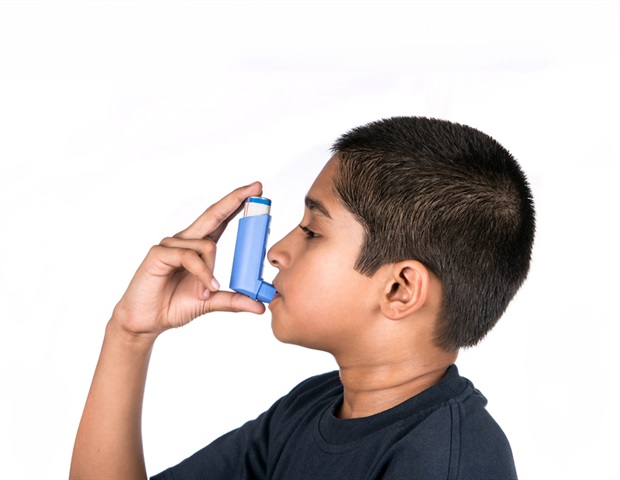This reminder follows updates to product information and the National Institute for Health and Care Excellence (NICE) guidance for short-acting beta 2 agonists (SABAs), including salbutamol and terbutaline, which are used to relieve sudden asthma symptoms such as chest tightness, wheezing, coughing and breathlessness. Patients are advised to continue using their daily preventer inhaler as prescribed, and to speak to a healthcare professional if they find themselves needing their blue inhaler more than twice a week. If asthma symptoms, such as chest tightness, wheezing, coughing or difficulty breathing, worsen or are not relieved by the blue inhaler, patients are advised to seek urgent medical help.
Any suspected side effects should be reported to the MHRA via the Yellow Card scheme. Patient safety is our top priority and we continue to monitor all medicines to ensure their benefits outweigh any risks. Patients should use their preventer inhaler as prescribed by their doctor, even if their asthma feels under control.

Blue inhalers are important for treating symptoms during an asthma attack , but should not be used as the only treatment to manage asthma. We advise patients to speak to a healthcare professional if they find themselves needing their blue inhaler more than twice a week. Preventer inhalers should be taken as prescribed, even when symptoms appear under control.
If asthma symptoms worsen or are not relieved by their blue inhaler, such as chest tightness, wheezing, coughing or difficulty breathing, patients should seek urgent medical help. Any suspected side effects should be reported through our Yellow Card scheme.” Dr Alison Cave, Chief Safety Officer, MHRA Advice for asthma patients: Use your preventer inhaler as prescribed, even if your asthma feels under control and the blue inhaler is rarely or never needed.
Without regular use of a preventer inhaler, symptoms could worsen and increase the risk of severe asthma attacks. If you have been prescribed a blue inhaler to use during asthma attacks, you should also be prescribed a separate preventer inhaler for daily use. Follow your asthma action plan, or speak to your healthcare professional, if you need your blue inhaler more than twice a week – this may indicate your asthma is not well controlled.
If your blue inhaler does not have a dose counter, manually track the doses used and ensure you always have access to a spare blue inhaler before your current inhaler runs out or expires. Seek urgent medical help if your symptoms are not relieved by your blue inhaler, such as chest tightness, wheezing, coughing or difficulty breathing. Your healthcare professional can provide advice on recommended alternative or additional treatments (to the blue inhaler) for people over 12 years of age with poorly controlled asthma.
MHRA.
Health

Patients with asthma reminded of the increased risk of severe asthma attacks from overusing blue inhalers

This reminder follows updates to product information and the National Institute for Health and Care Excellence (NICE) guidance for short-acting beta 2 agonists (SABAs), including salbutamol and terbutaline, which are used to relieve sudden asthma symptoms such as chest tightness, wheezing, coughing and breathlessness.















